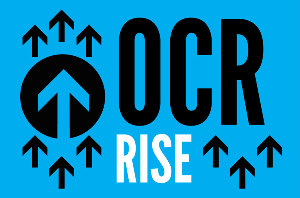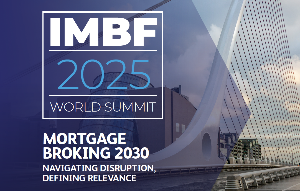
It will rise by 75 basis points on Wednesday to reach 4.25%, and hardly anyone expects otherwise.
Although the OCR was lowered by a bigger margin during the Global Financial Crisis, it has never risen by that much in one hit.
Among the experts forecasting this mega leap is the economic team at Kiwibank, led by Jarrod Kerr.
”In order to tame the great inflation beast, the RBNZ has more work to do,” the team wrote.
“Following a likely 75 basis point hike to 4.25% on Wednesday, we have pencilled in another 50 point hike in February and 25 in April, taking the OCR to 5%.”
Kiwibank forecasters were not alone. Nick Tuffley of ASB had the same view of the immediate moves, and an even higher final number for the end of the day.
“We and most forecasters expect the RBNZ will step up the pace of OCR hikes to a 75 basis point move on Wednesday,” he said.
“Reported inflation has proved persistent and inflation expectations have lifted more noticeably. It adds up to the RBNZ needing to lean even harder against inflation pressures, and continuing to talk tough for the time being.”
But Tuffley went further than Kerr, saying the OCR could pass 5% and reach 5.25% before it levels out.
Westpac economists are also forecasting a 75 point rise in the next cycle, saying “inflation is continuing to run red-hot despite the sharp rise in interest rates over the past
year.
“We are also seeing ongoing firmness in domestic economic conditions, including a drum tight labour market, resilience in household demand, and a sizeable boost from the return of international tourists,” the Westpac team said.
Meanwhile they stop short of Tuffley's final figure and forecast the whole process plateauing at 5%.
It remains to be seen what will happen to home mortgages as a result of this. The median interest rate for floating mortgages is 7.29%, and any pro rata rise to match the OCR increase will push floating rates above 8%. The serviceability rate is likely to be even higher.
But a banking expert from Massey University, David Tripe, thinks fixed rates could be a different story.
“We have actually seen swap rates coming down in the last week or two, so the fixed rates could be coming down a bit quite soon."
“The banks will be waiting to see what happens, to see who will move first, but it could be promising for some people on fixed rates.”
The reason for this would be that if the gap between floating and fixed rates is closing generally, then that could ease some pressure off people on fixed rates in the short term, meaning that even if their rates do not go down, they could rise later.
However an OCR at 5% could be a very different story, and push floating and fixed rates higher..
At present, the median rate for two-year fixed mortgages is 6.19%.
Some commentators are seeing patches of blue sky ahead with US inflation inching down marginally but not enough to bring the current stormy weather to an end.




Comments
No comments yet.
Sign In to add your comment